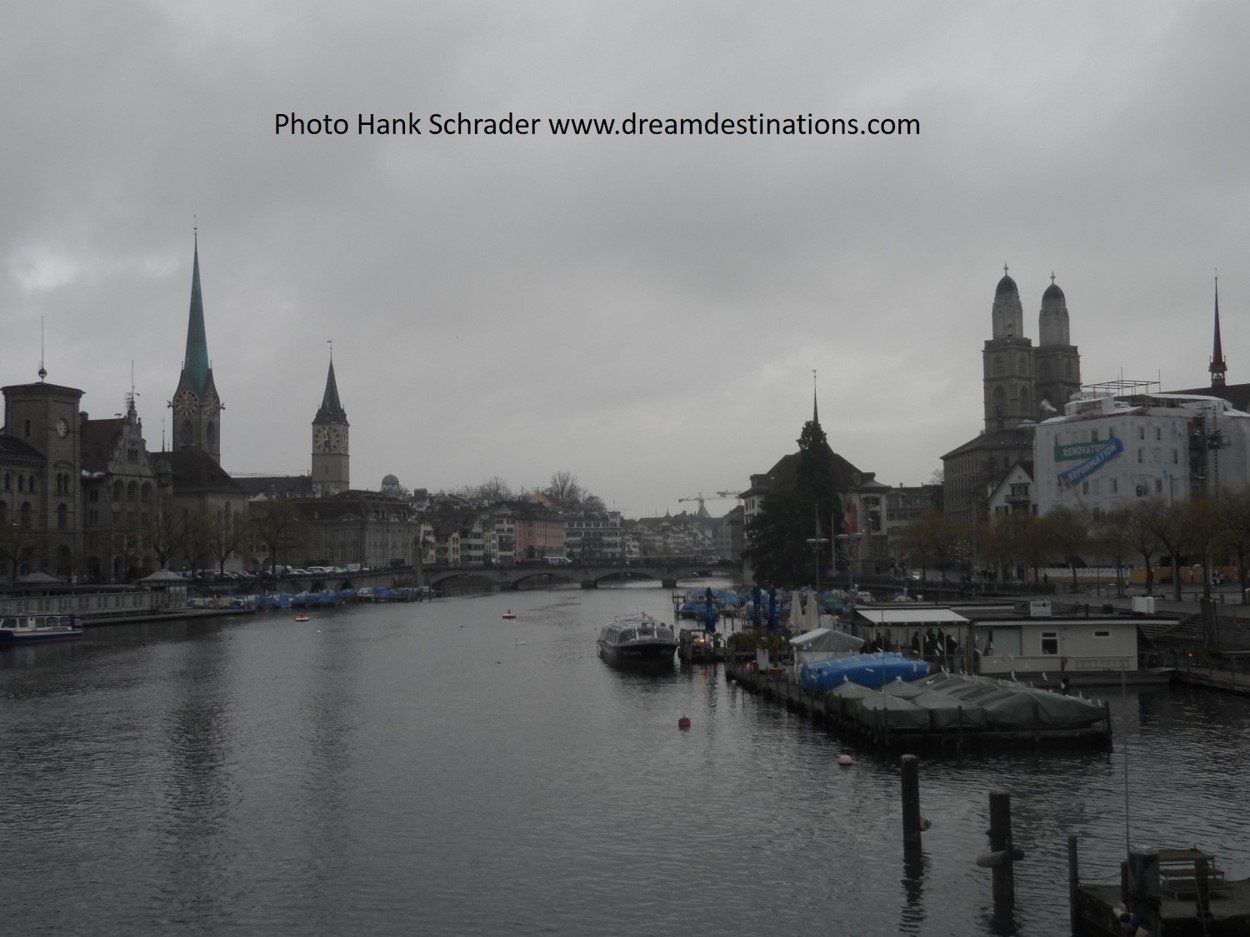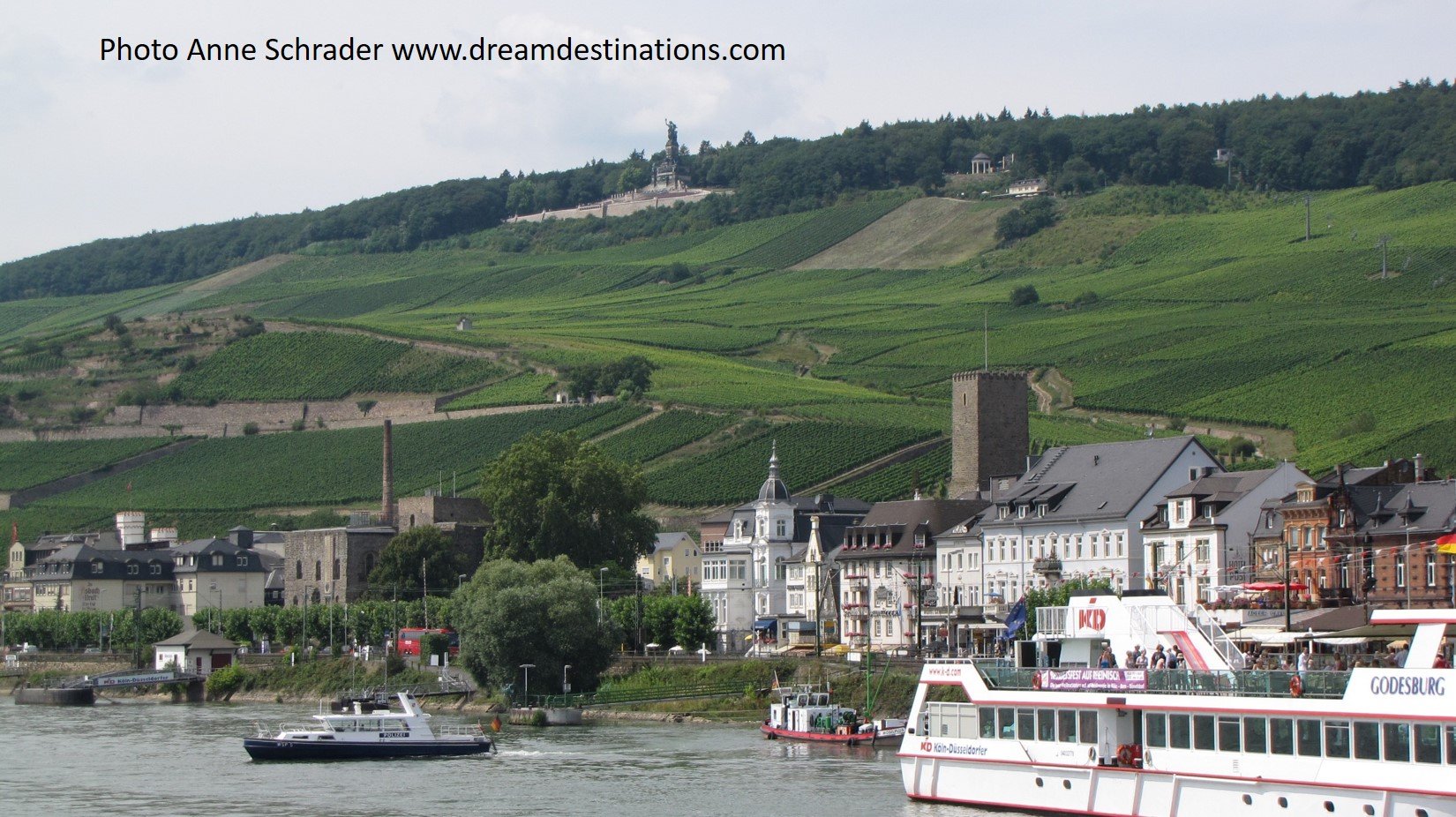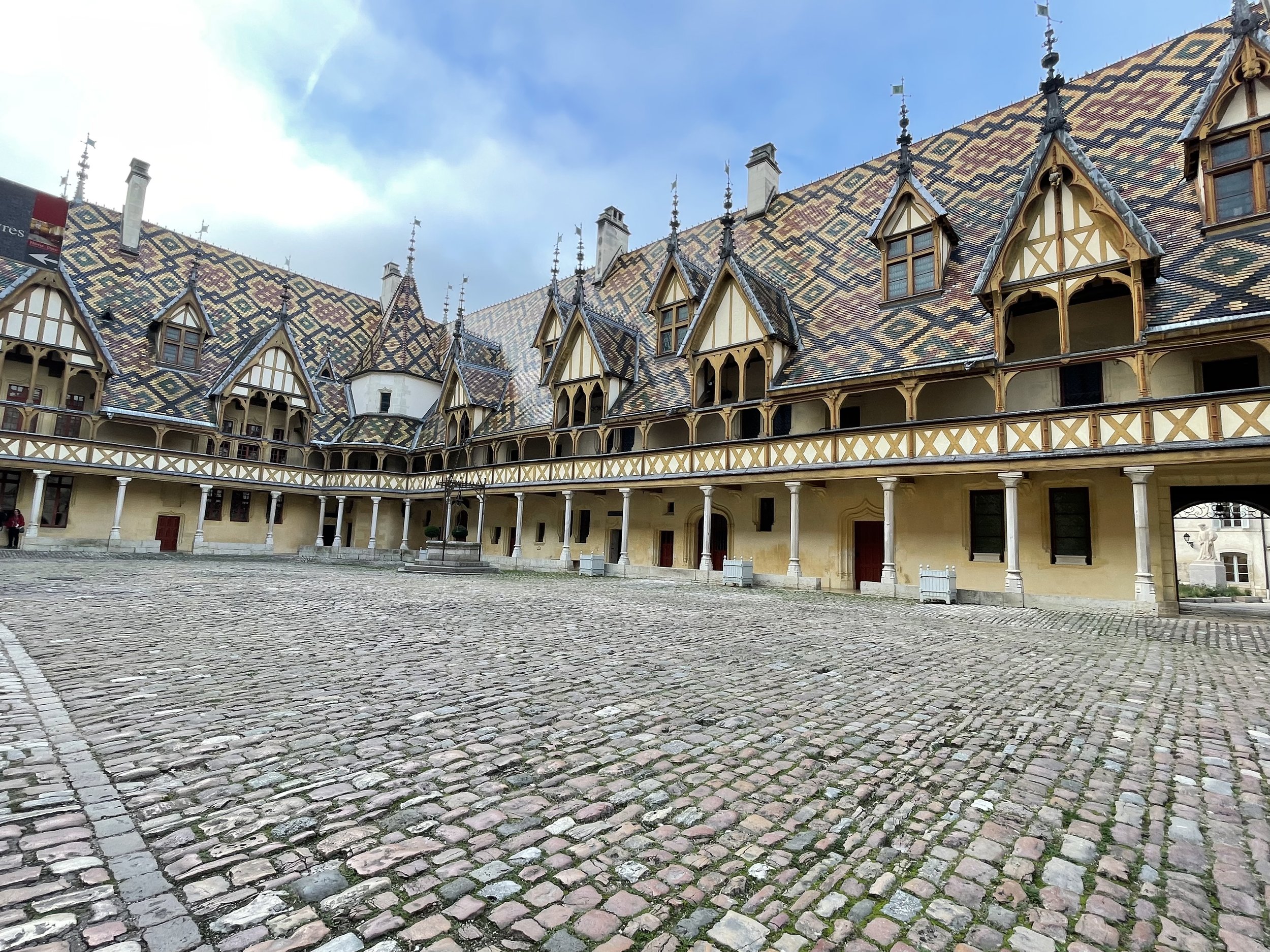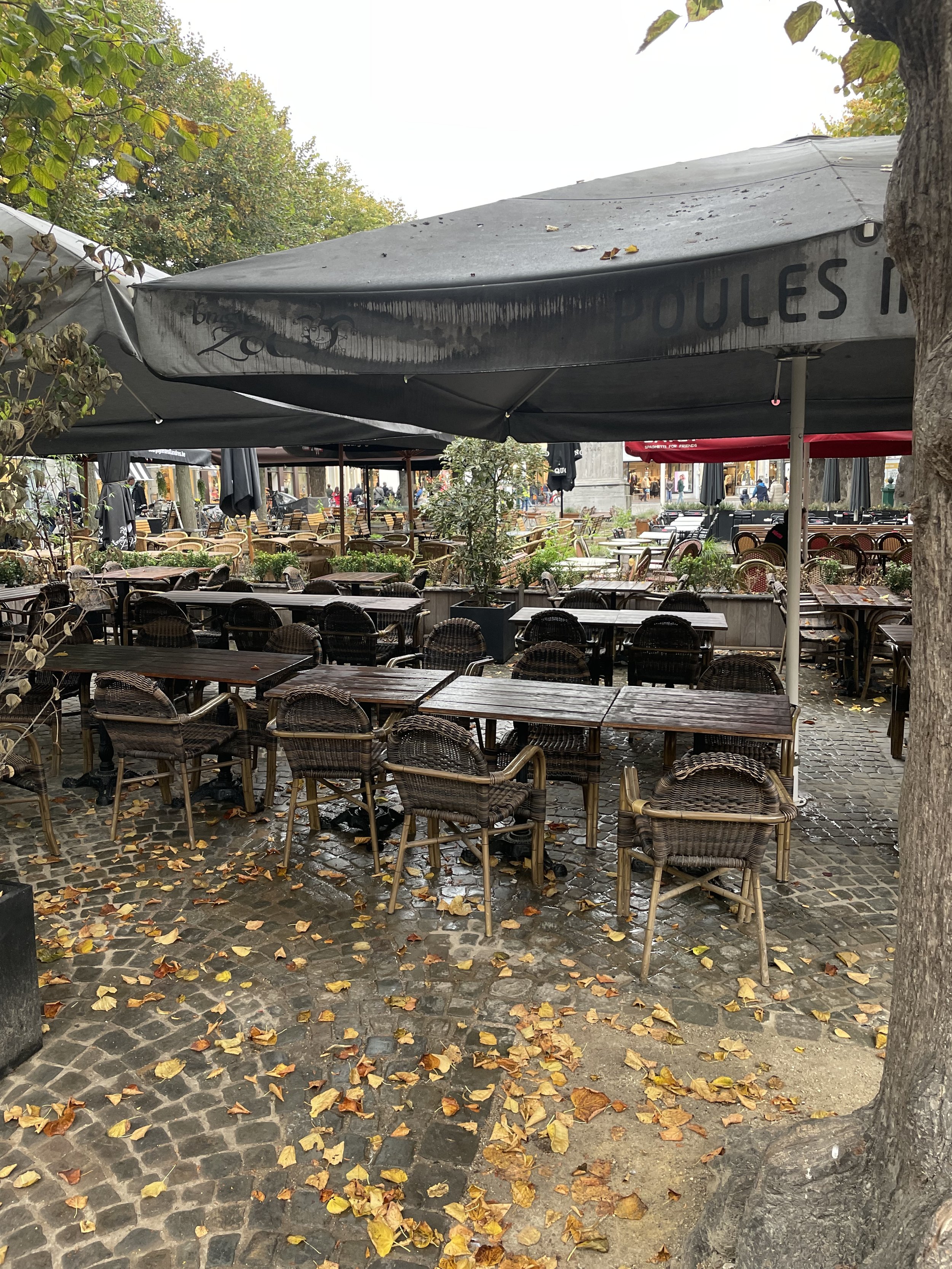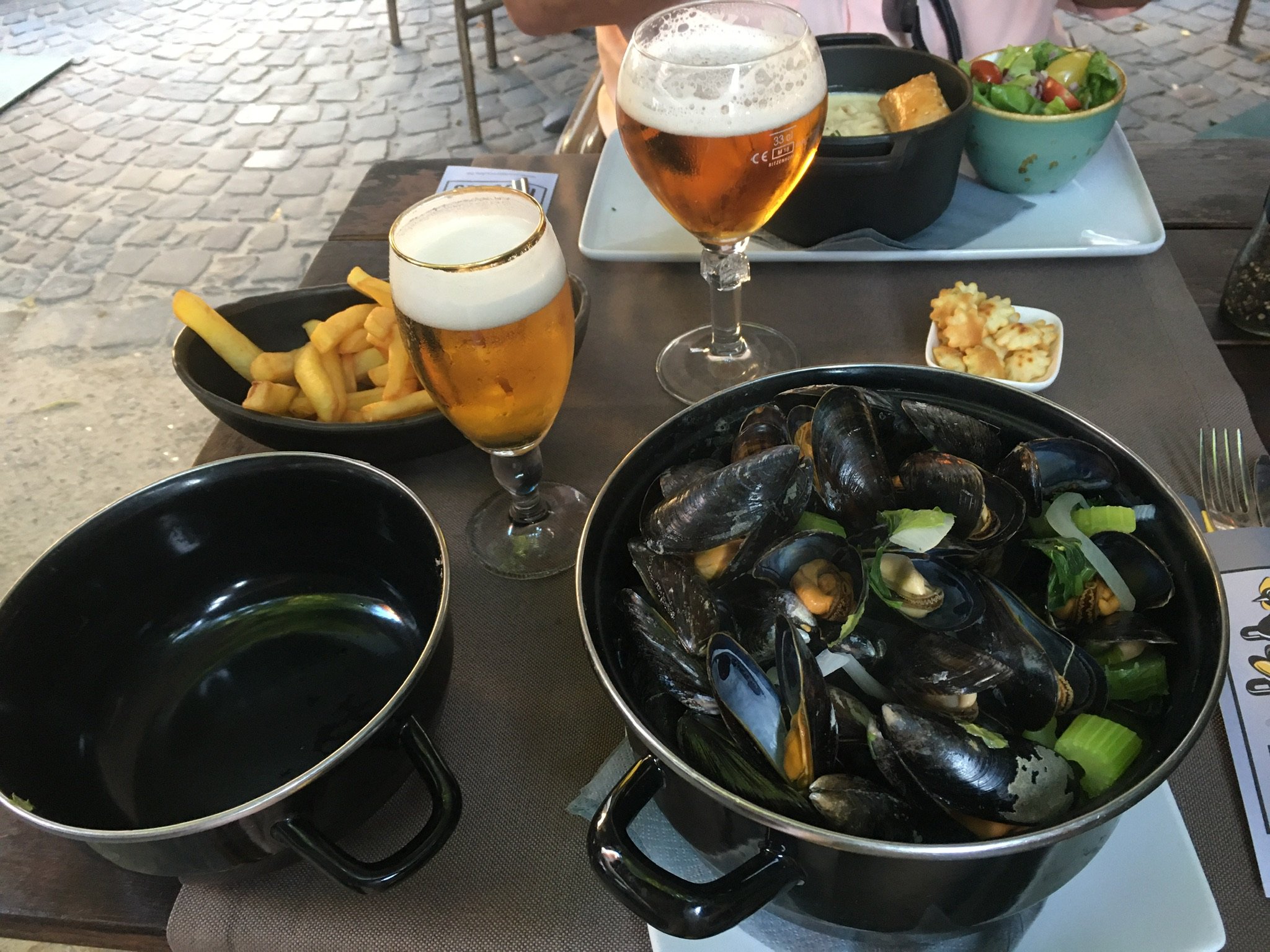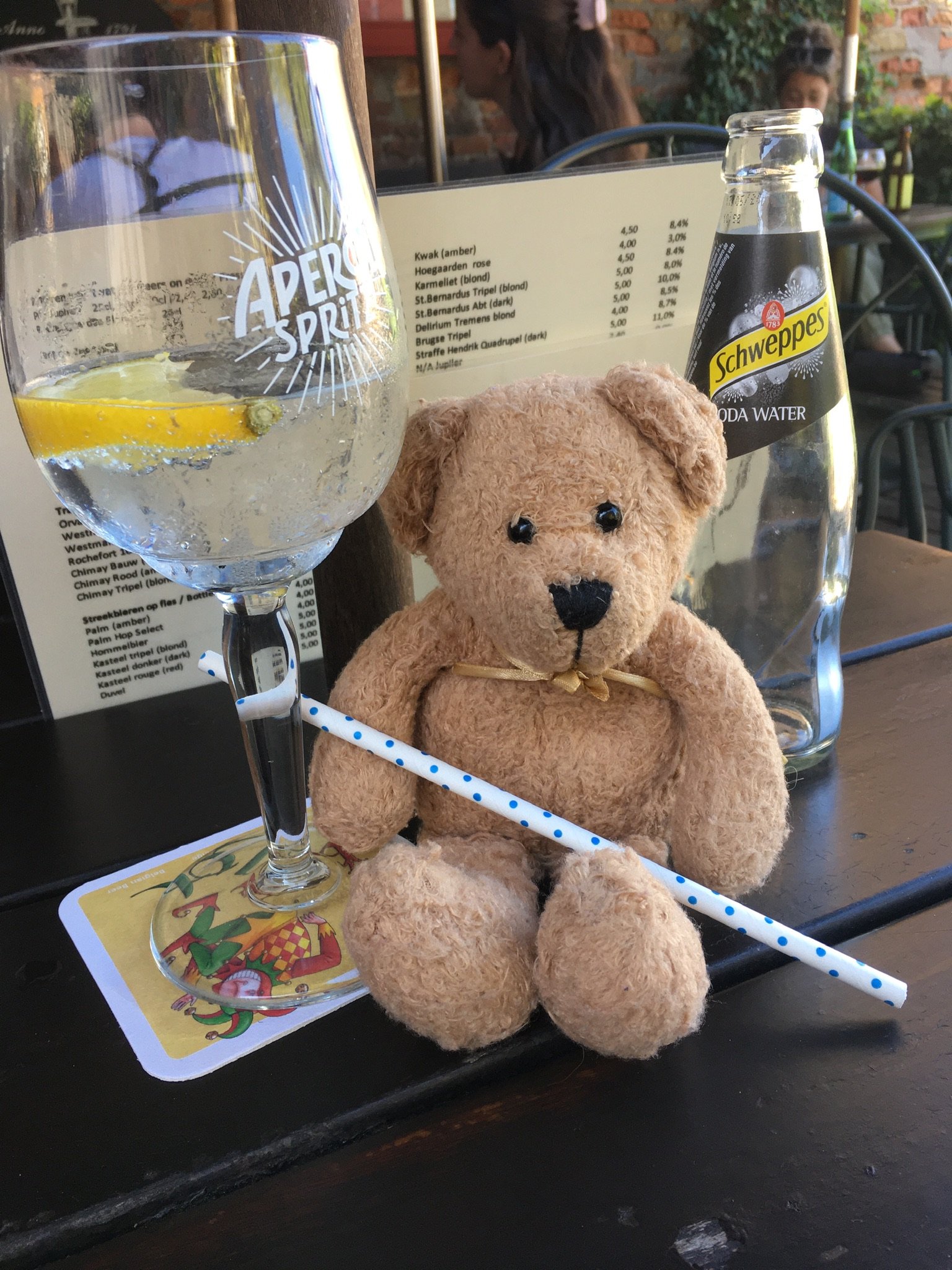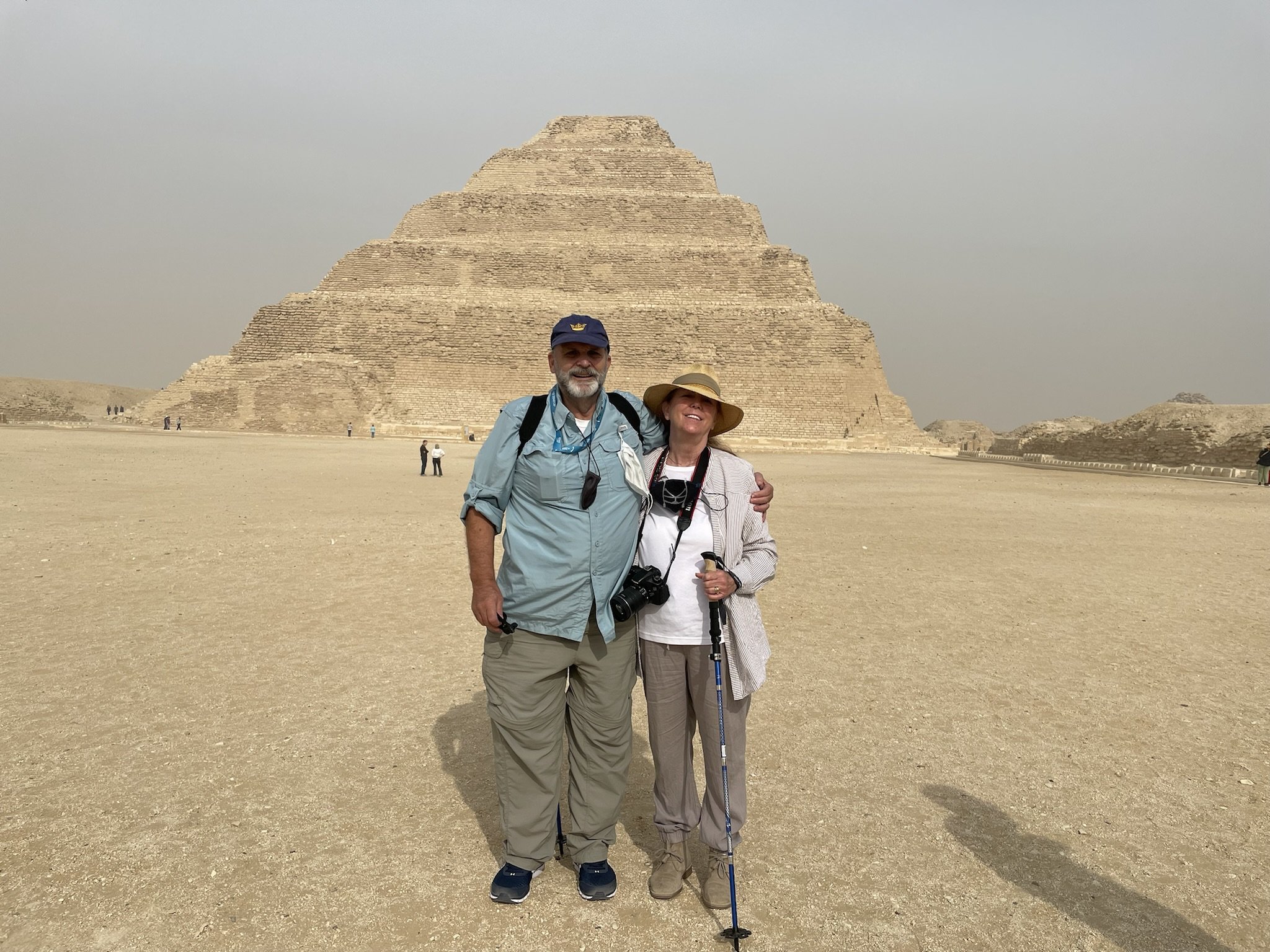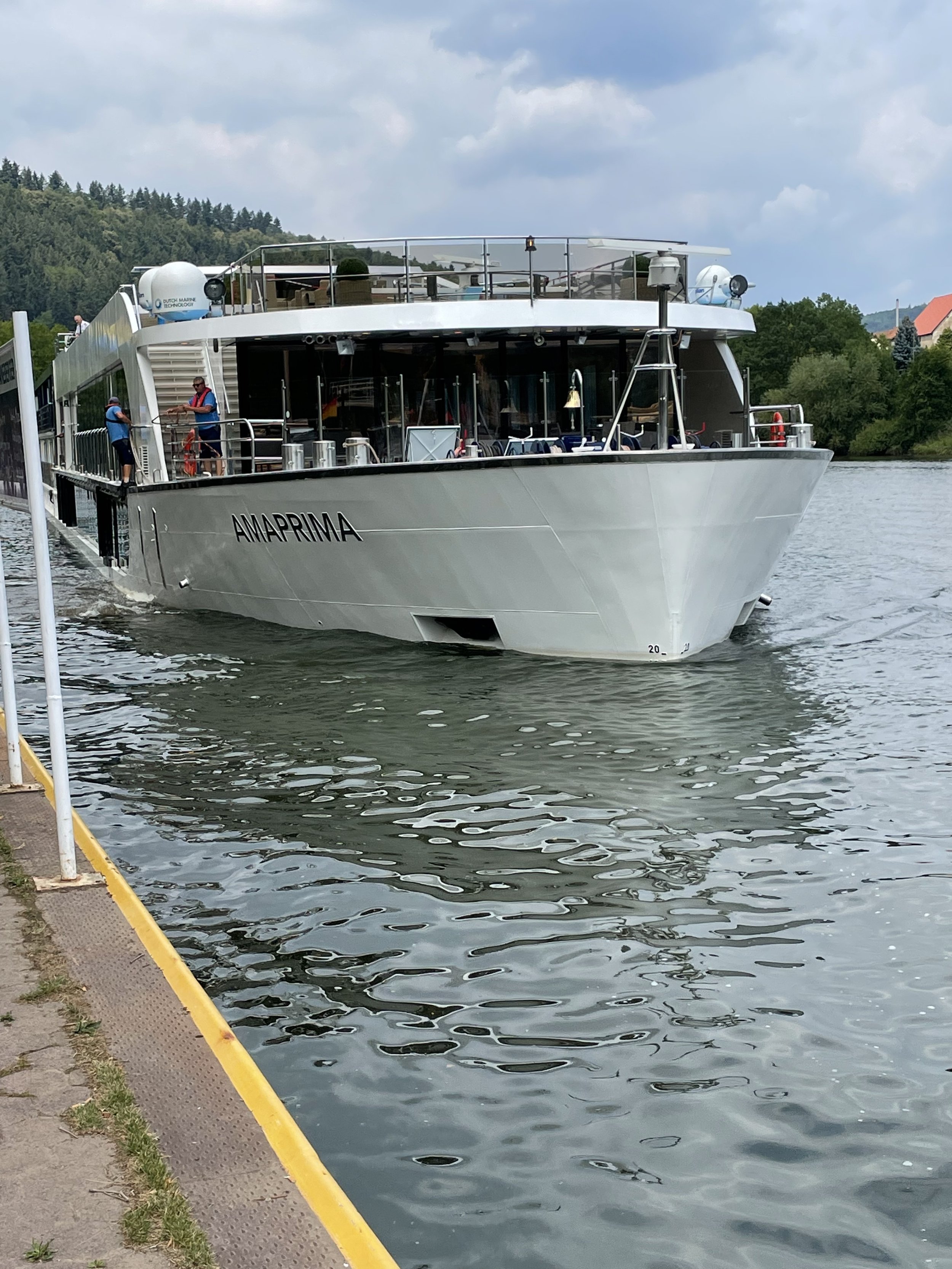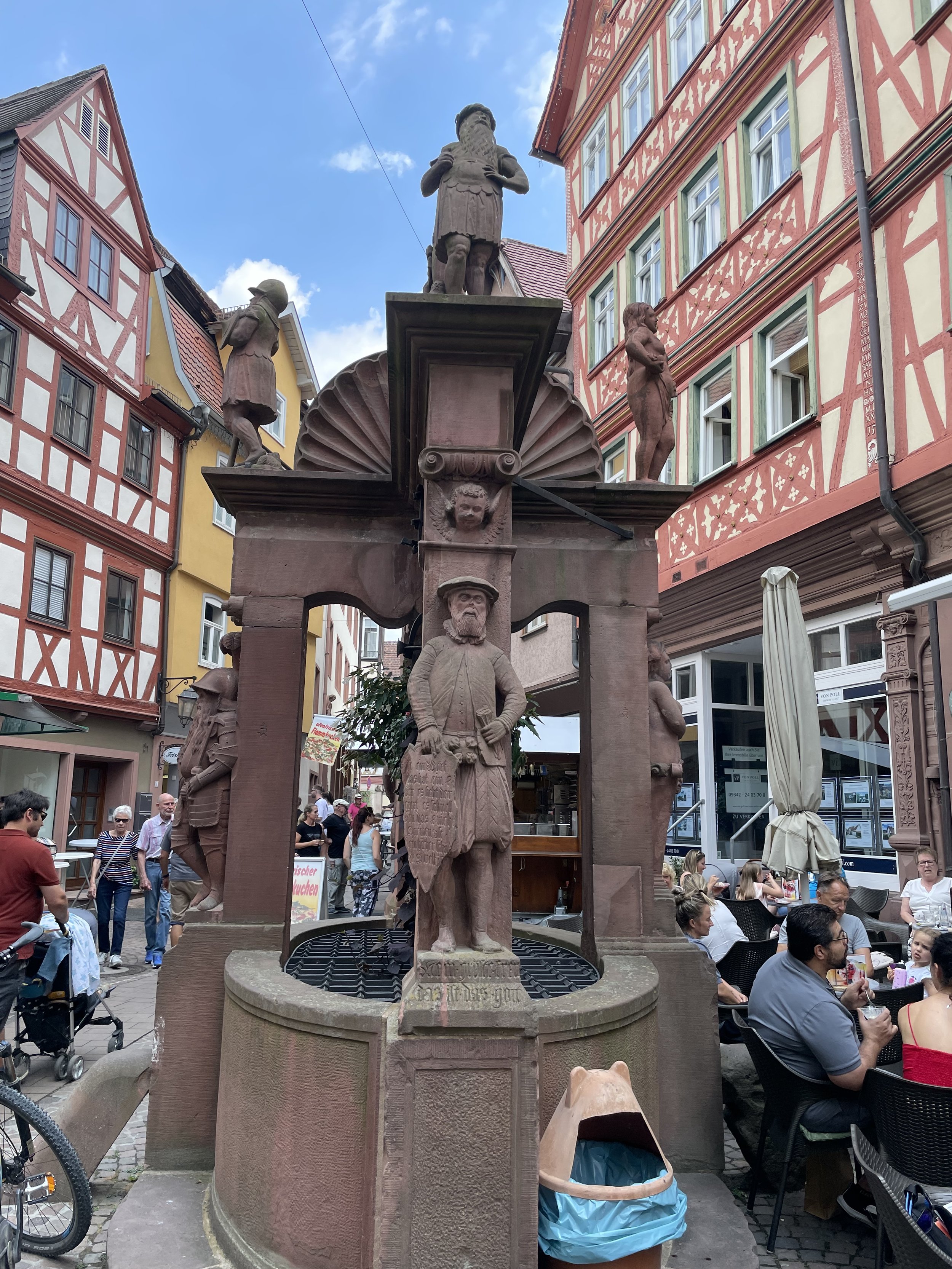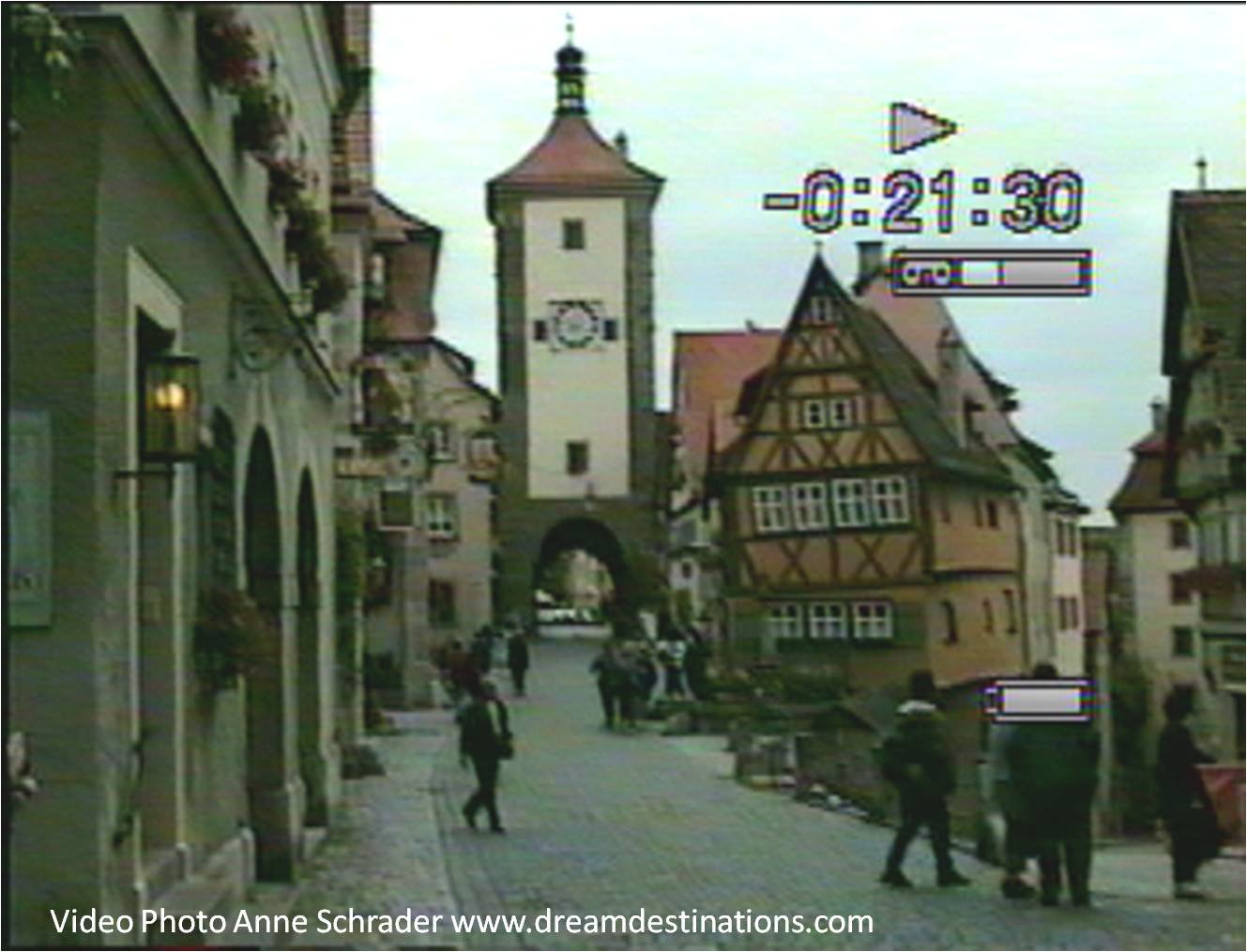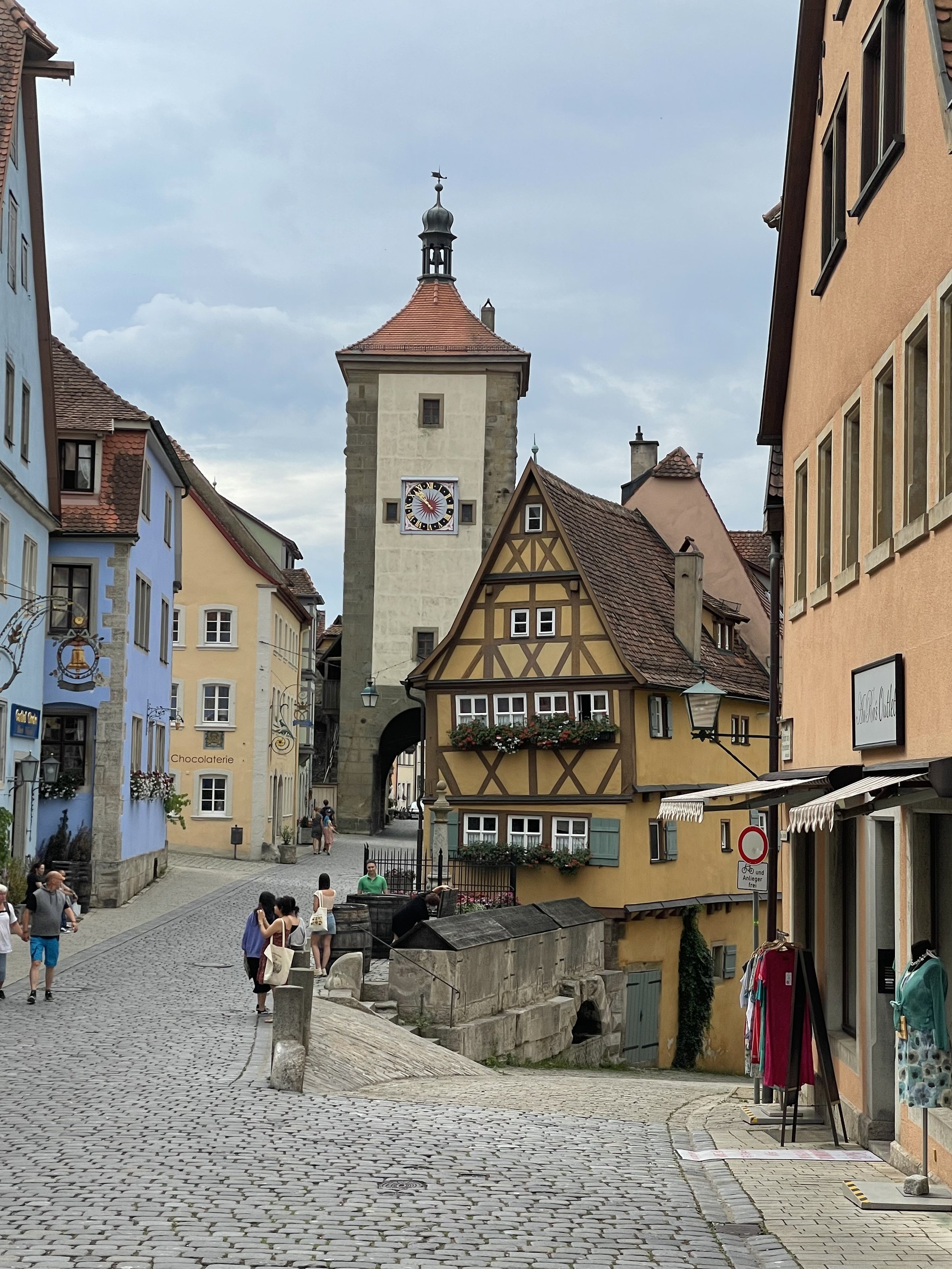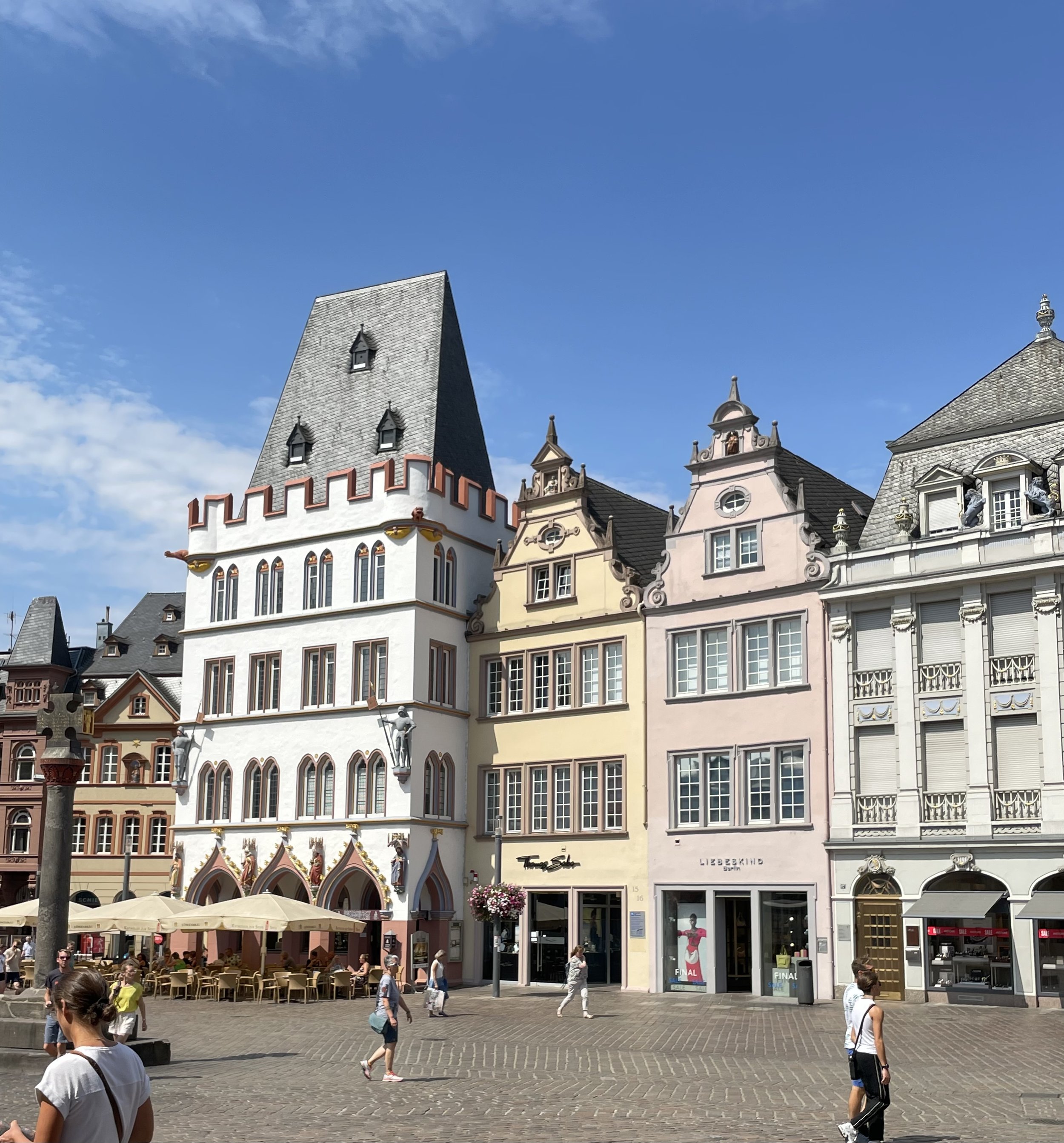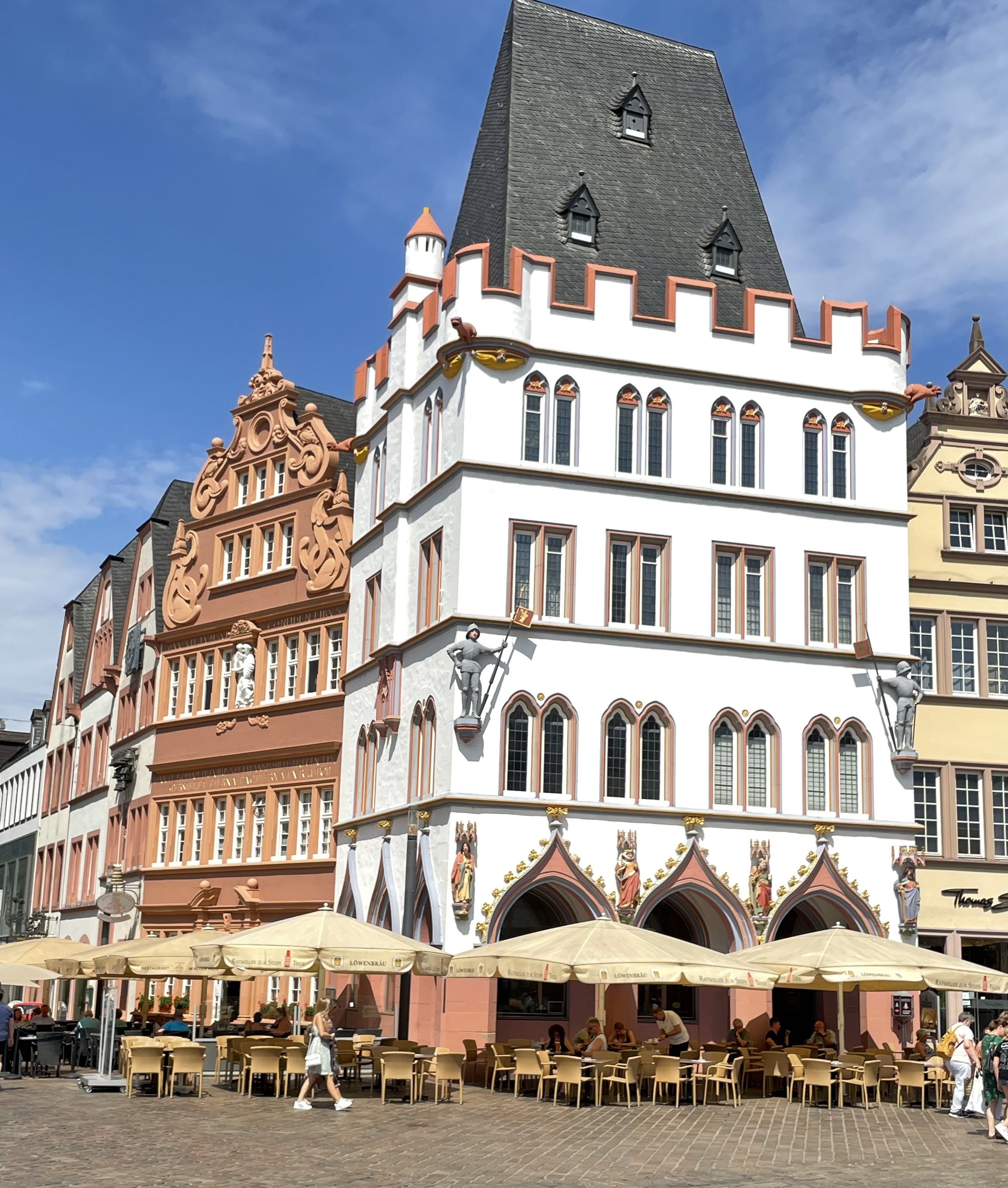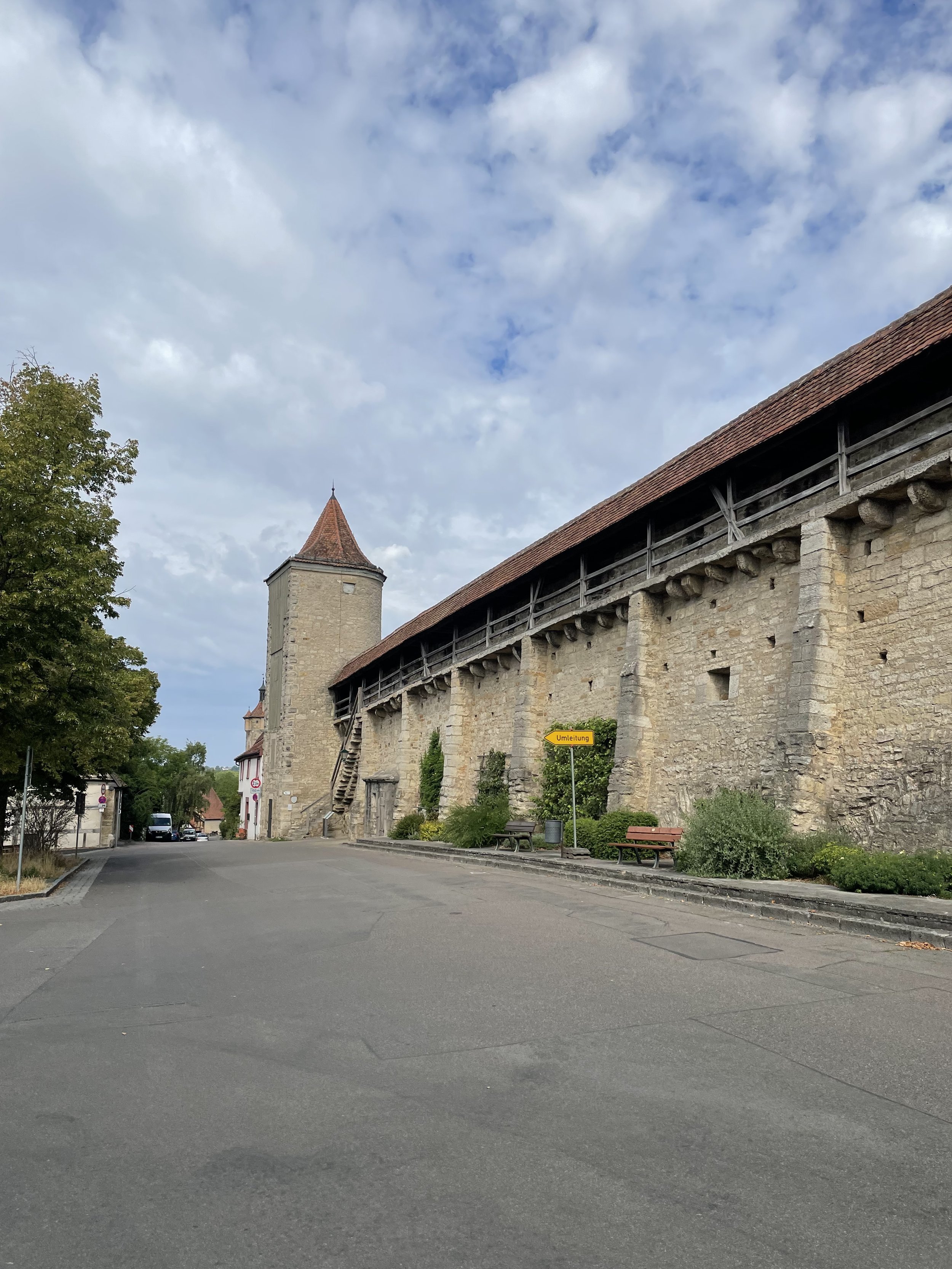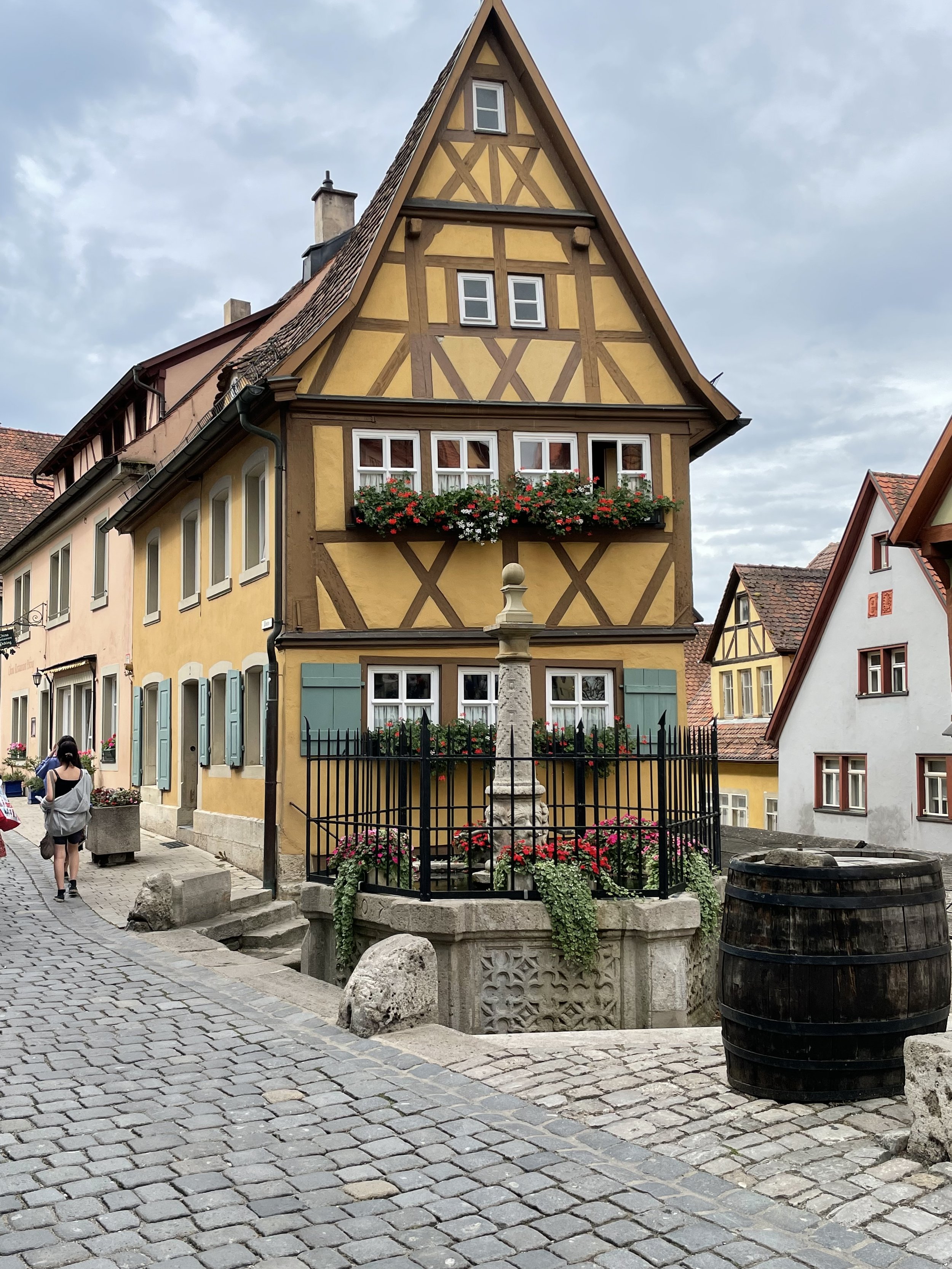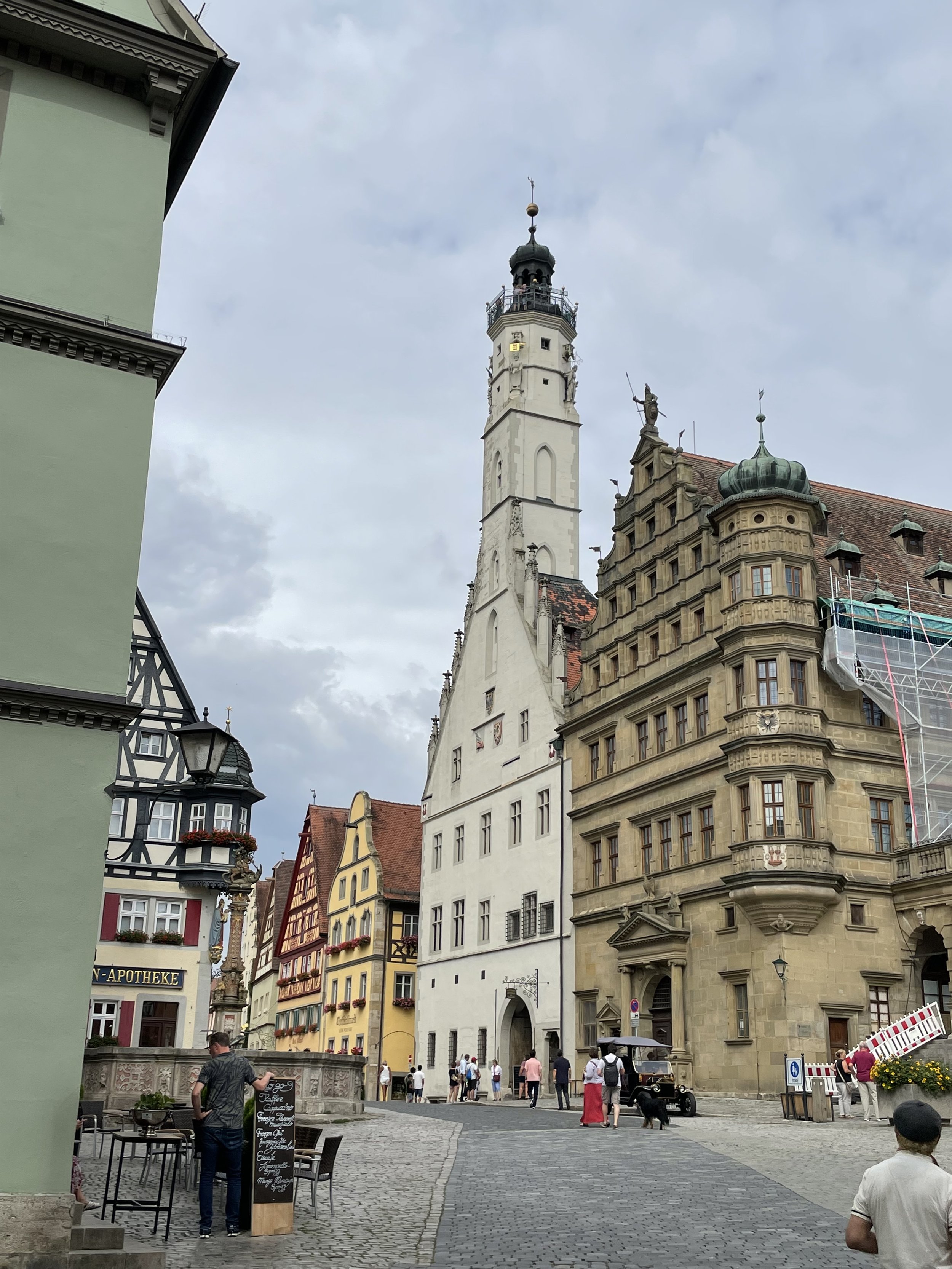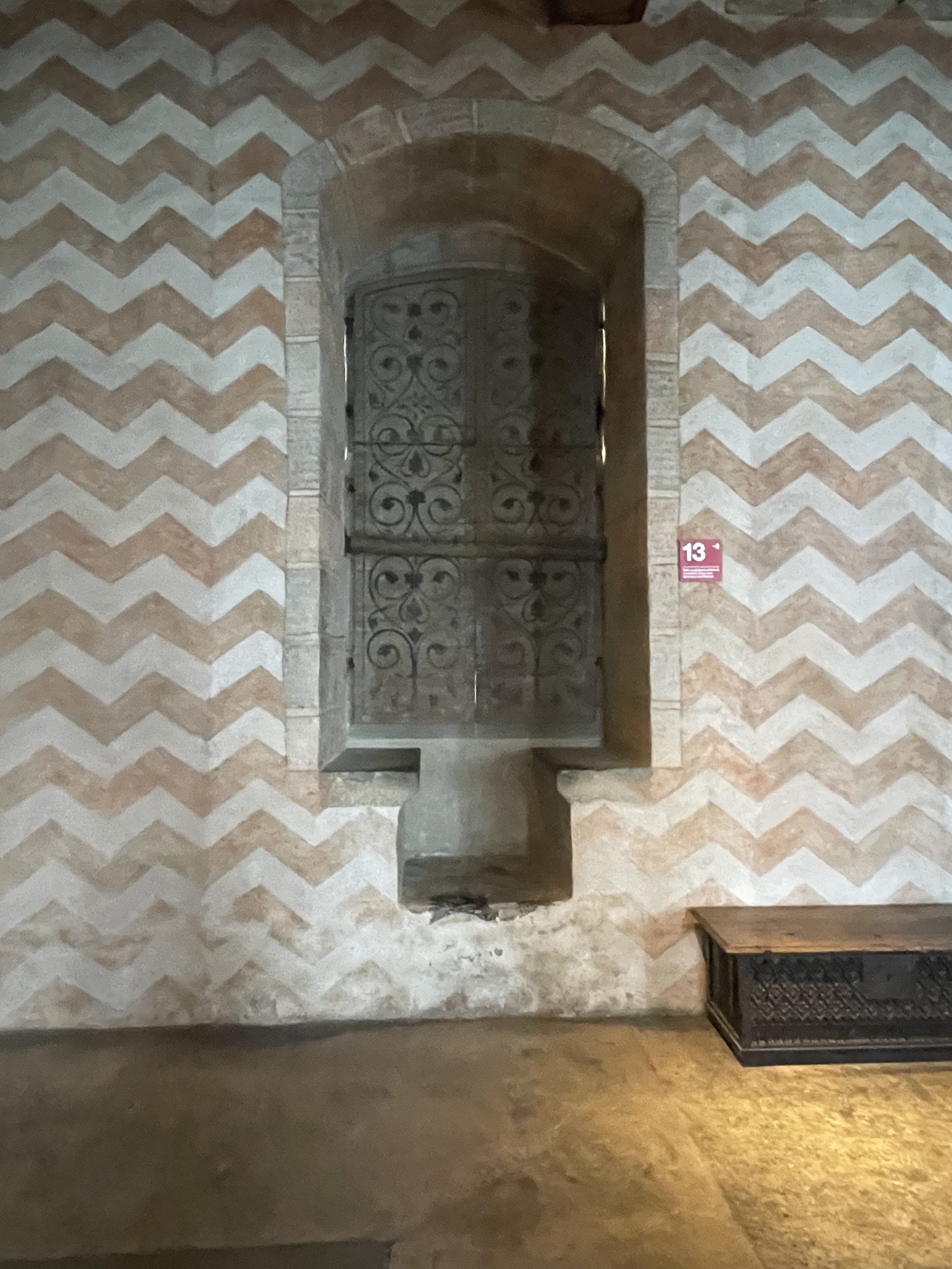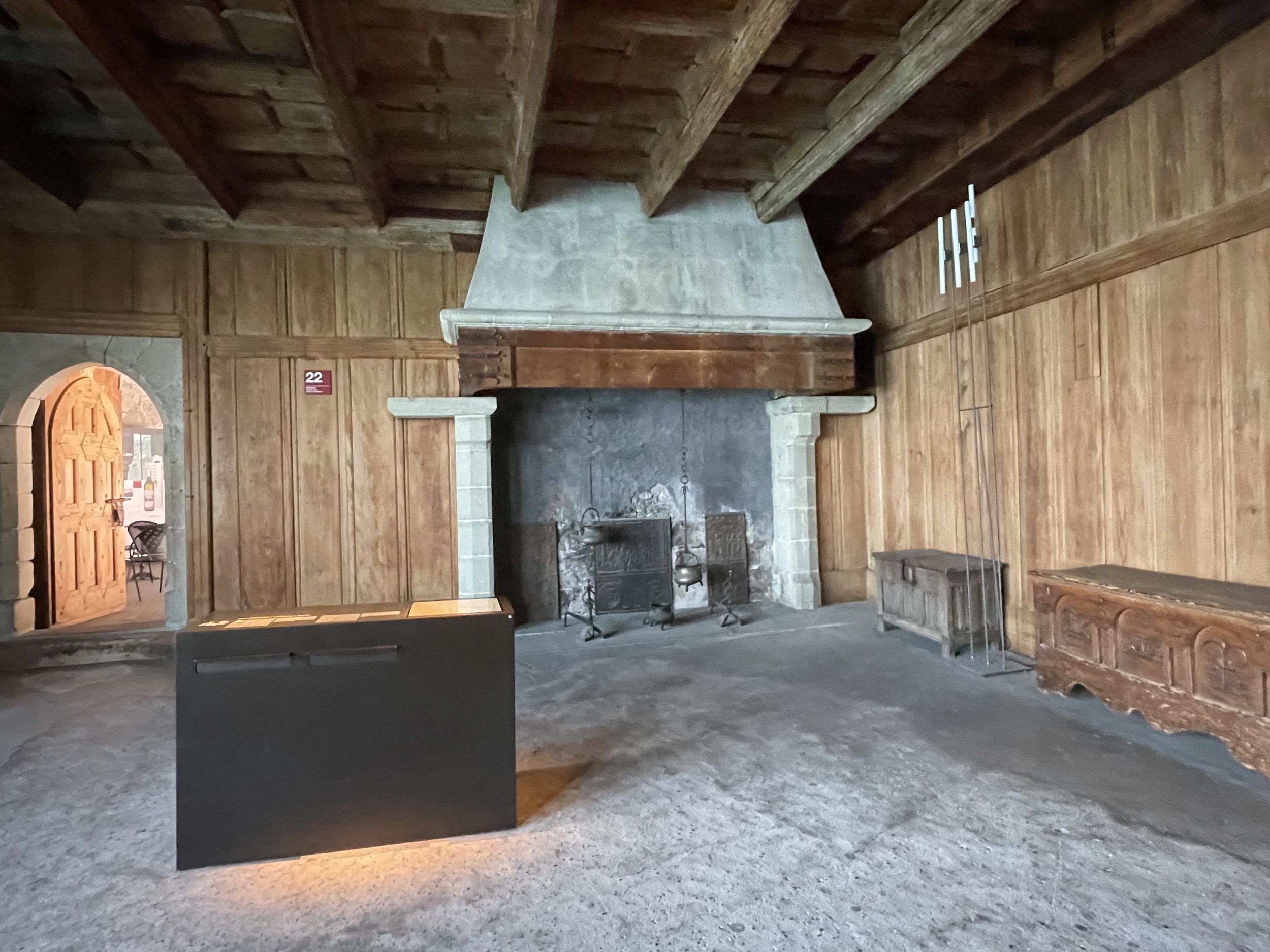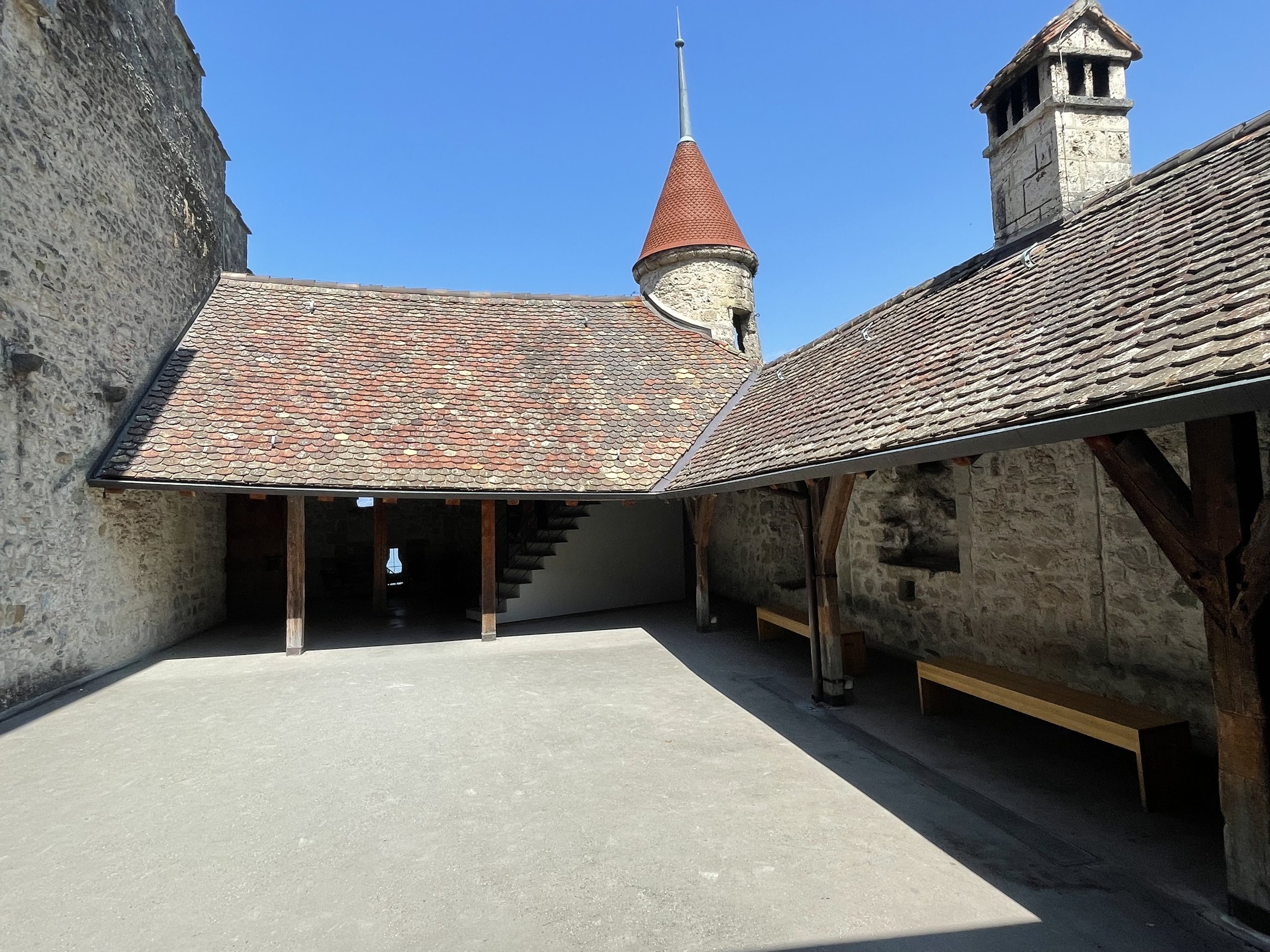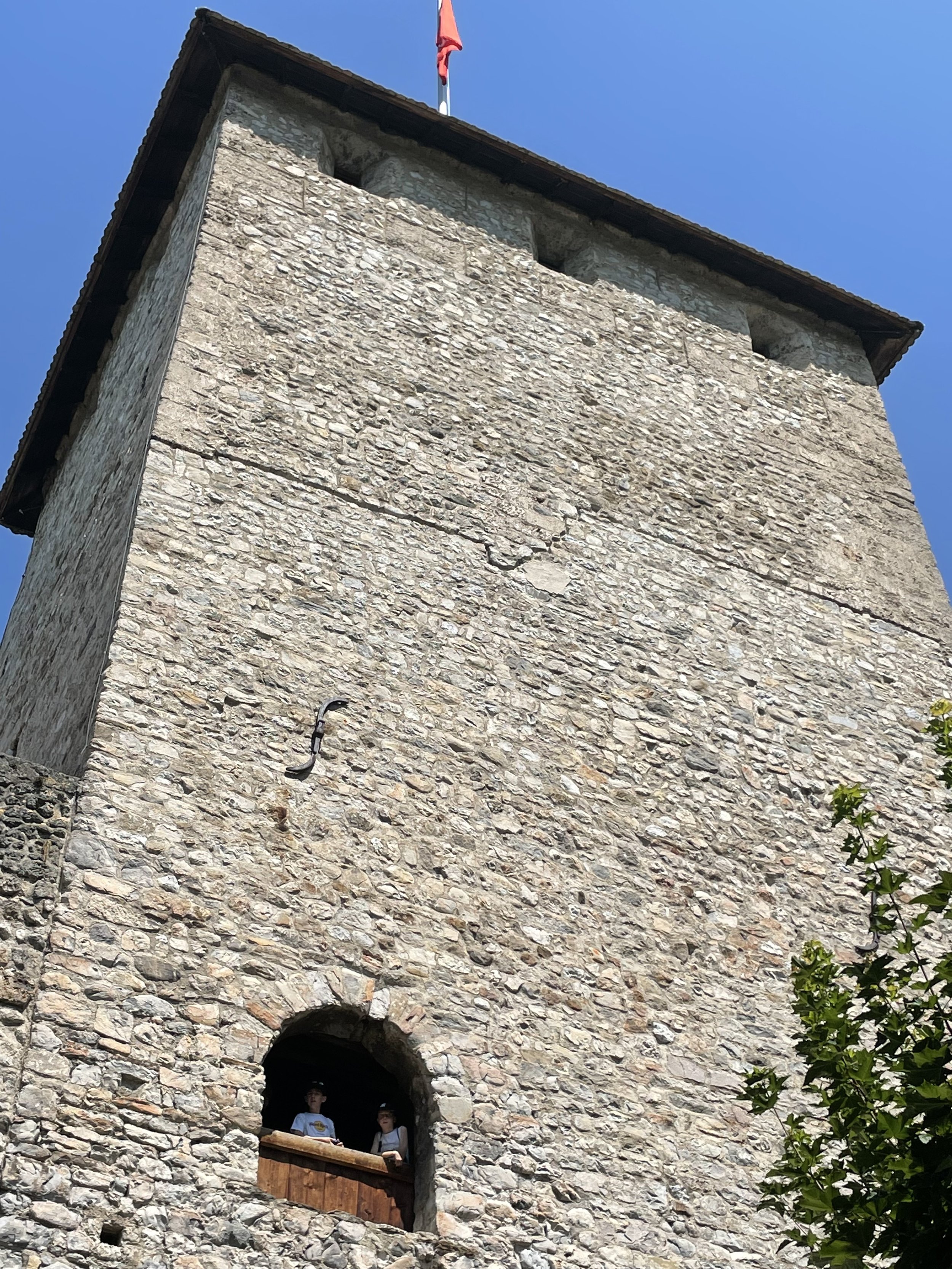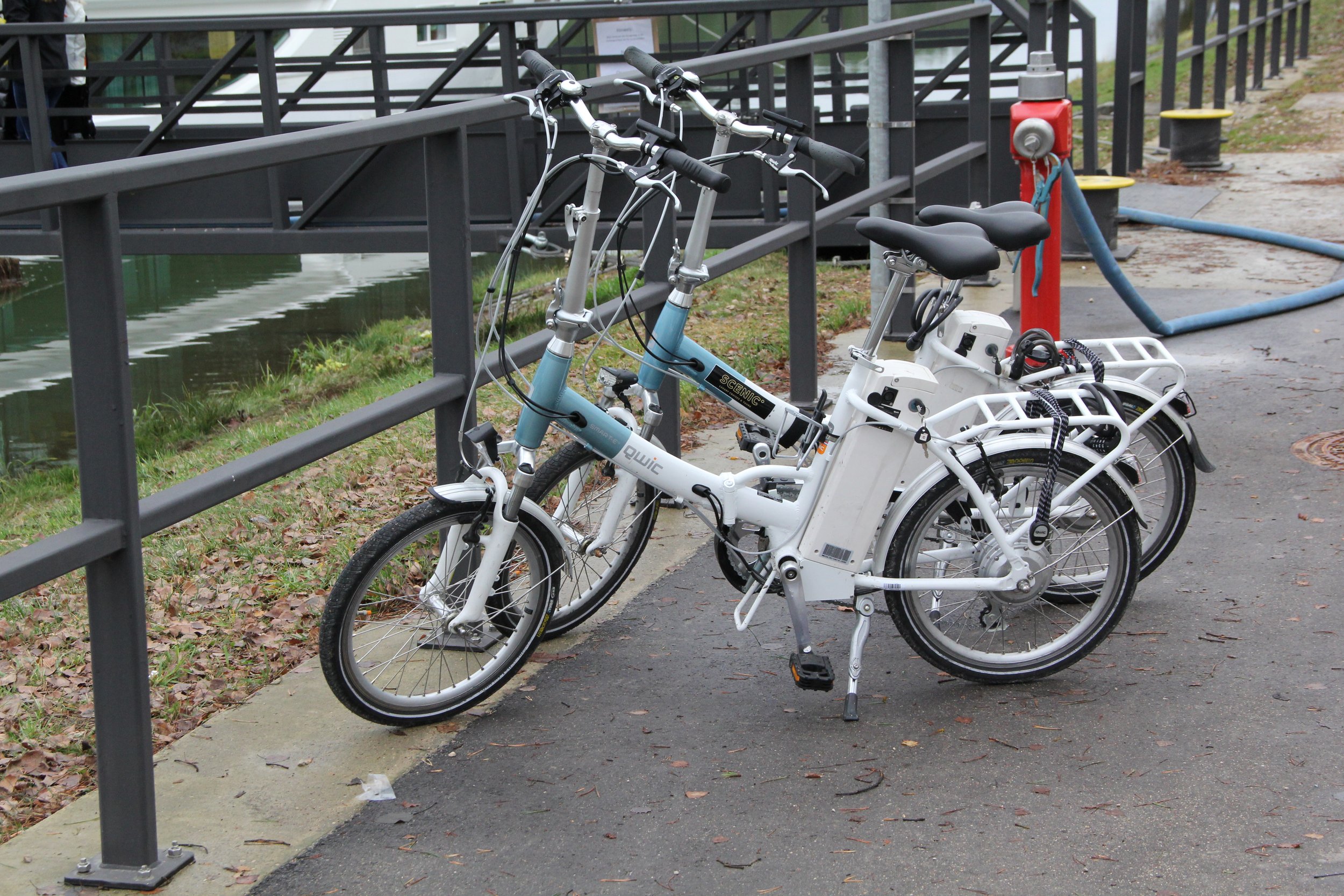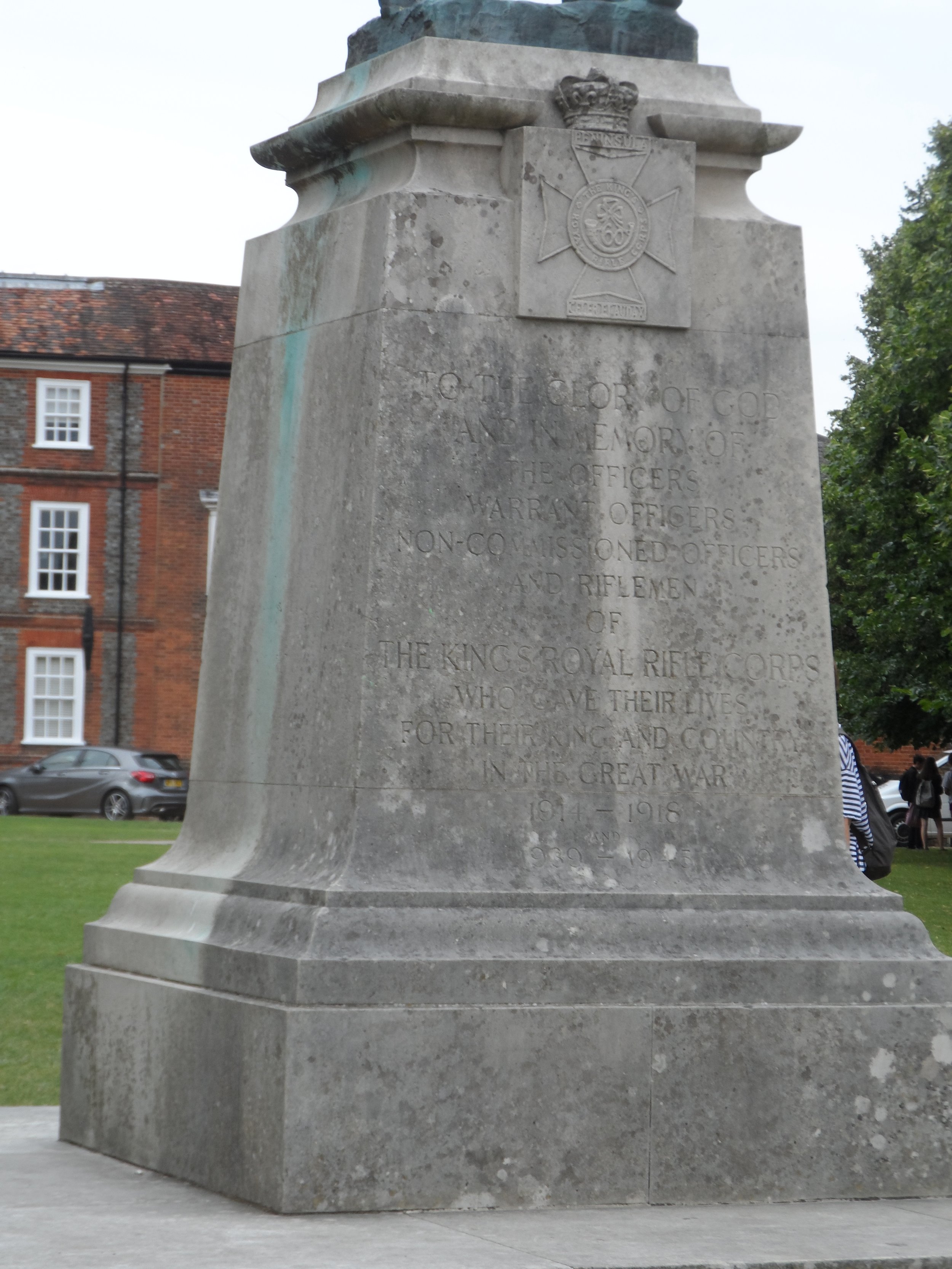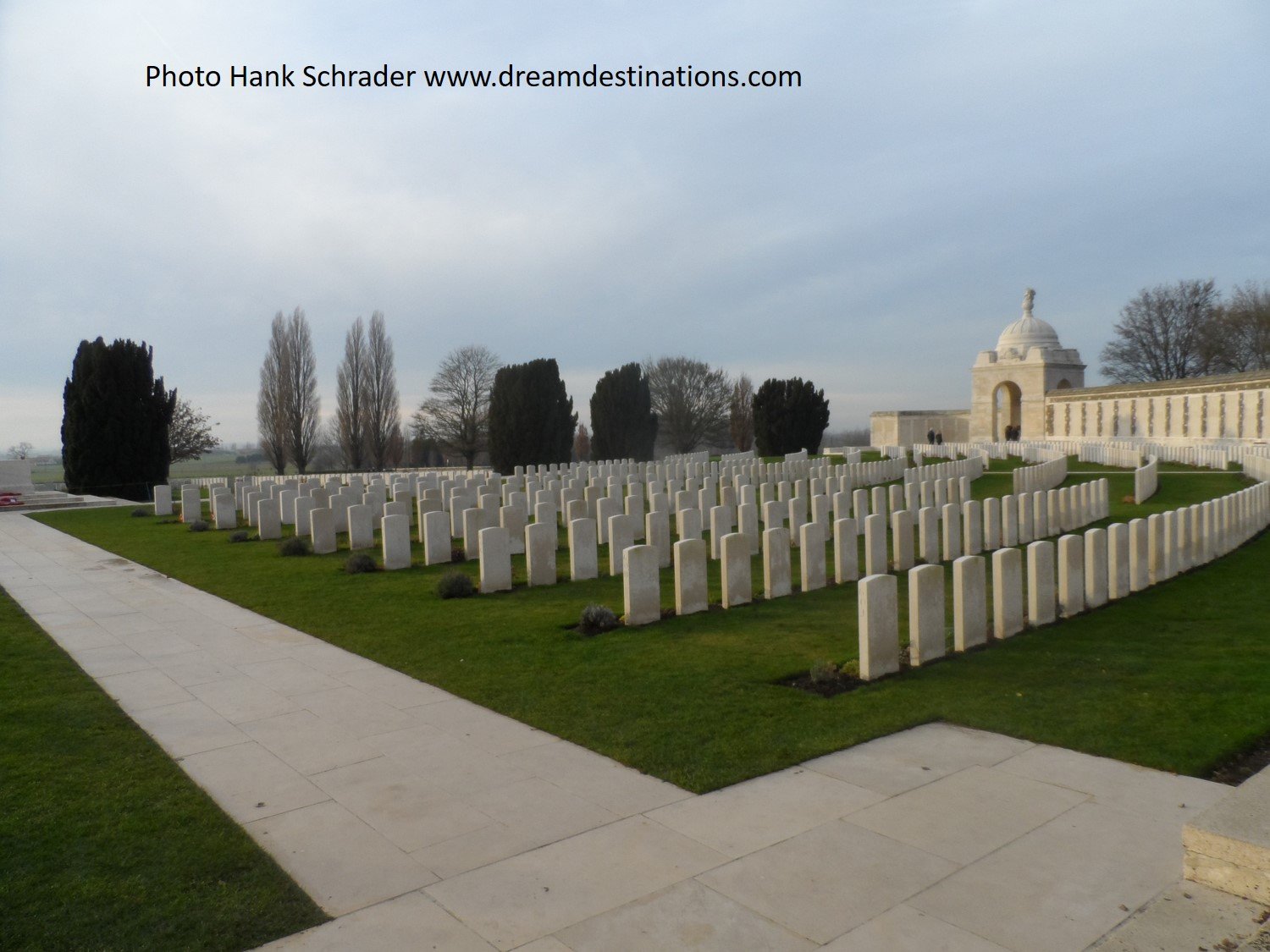The Treaty of Versailles
Hank Schrader, USMA '71, Europe Destination & Europe River Cruise Expert
Anne Schrader, Certified Travel Counselor & Certified Luxury Cruise Specialist
www.dreamdestinations.com
Many folks don’t know a lot about World War I. The Great War (as it was known then) lasted from 1914-1918—it ended on the 11th hour of the 11th day of the 11th month and this remembrance date eventually became Veterans Day in the US.
The WW I sites are not as well preserved as the many sites at Normandy for D Day, but there are some meaningful places in Europe you can visit to see the actual places that some key events happened.
Most of us really do not know much about the war in terms of battles fought over 100 years ago, so, let’s learn some about what caused the war, who were the key participants, and the treaty that ended this almost 5-year conflict.
Some Causes of World War One and the Incident that Sparks the Great War
I believe most historians won’t provide an easy answer to the question: What was the cause of war? Some key events, combined with a scramble for more land and power and conflicts between European countries all contributed to a path towards war.
Here is a partial list, in my judgement, that led to the war:
The 1870 Franco-Prussian War, where a unified Germany defeated France and took the Alsace-Lorraine region back, leaving the French eager to reclaim this area and wanting revenge.
The expansion of the German Navy that was a direct threat to Great Britain’s dominance of the seas.
The competition to get more colonies by many European nations.
The rise of rampant nationalism—our country is better than other countries, more powerful and we deserve more.
The number of constantly changing mutual defense treaties and secret alliances, all in a struggle to tip the balance of power towards one country over another.
In this highly charged, competitive atmosphere, all it would take was one incident to trigger war. It came with the assassination of the Archduke Franz Ferdinand in Sarajevo, the heir to the throne of Austro-Hungarian Empire.
After a month of demands to resolve this incident were not successful and getting assurance that Germany would support the Austria-Hungary Empire, they declared war on Serbia. This starts the wheels rolling—there is a series of declarations of war due to the mutual defense treaties and secret alliances.
There is no way out—a disastrous 4-year war results.
The Main Players in the Deadly Great War
Starting in 1914 and ending in 1918, there are officially 33 countries at war in this conflict. There are really 9 countries that are the key nations during this war—4 for the Central side and 5 for the Allied side.
On the Central side, the countries are Germany, Austria-Hungary, the Ottoman Empire and Bulgaria.
On the Allied side, the countries are the British Empire, France, and Russia initially. In 1917, Italy and the United States join in on the Allied side.
Russia drops out of the war in 1917, after the Tsar is overthrown in the October Revolution by the Bolsheviks and the Lenin led government sues for peace, which is signed in 1918. This is the start of the Russian civil war (Reds (Bolsheviks) vs Whites (monarchists)) that eventually leads to the communist government winning the struggle in 1923 and establishing a new country—the USSR.
This removes the Eastern Front from the conflict and starts to tip the balance of power towards Germany, who now only has to fight on the Western Front. This does allow them to shift several hundred thousand forces to the Western Front and launch an offensive in March of 1918. .In the short term, Russia dropping out favored Germany but a new entrant into the war, America, was sending its forces into the conflict and this eventually proves decisive to end the war.
All sides are exhausted, with huge manpower losses, not enough money to cover the costs of the war and little to show for all the fighting.
Germany must now face the addition of American forces. The additional firepower, resources and soldiers of the Americans countered the loss of the Eastern Front and eventually tips the balance in favor of the Allies.
It also becomes the turning point for America in a global role of international engagement to promote democracy.
The Major Conflict Fronts
The war is conducted in 4 main areas of Europe. There is the Western Front (Belgium, France) the Eastern Front (Russia), the Turkish Front (Dardanelles, Gallipoli) the Italian Front (Dolomites of the Alps). It is war of static, fixed lines, and trench warfare, especially in the Western Front.
Trench warfare was a result of advances in firepower (machineguns and artillery) from protected positions was not matched by mobility of the attacking force, so the advantage went to the defender. It was not until armored forces and combined arms tactics were developed, that the advantage went back to the attacking forces but that did not happen until the very last part of WW I with the advent of tanks used by attacking forces.






